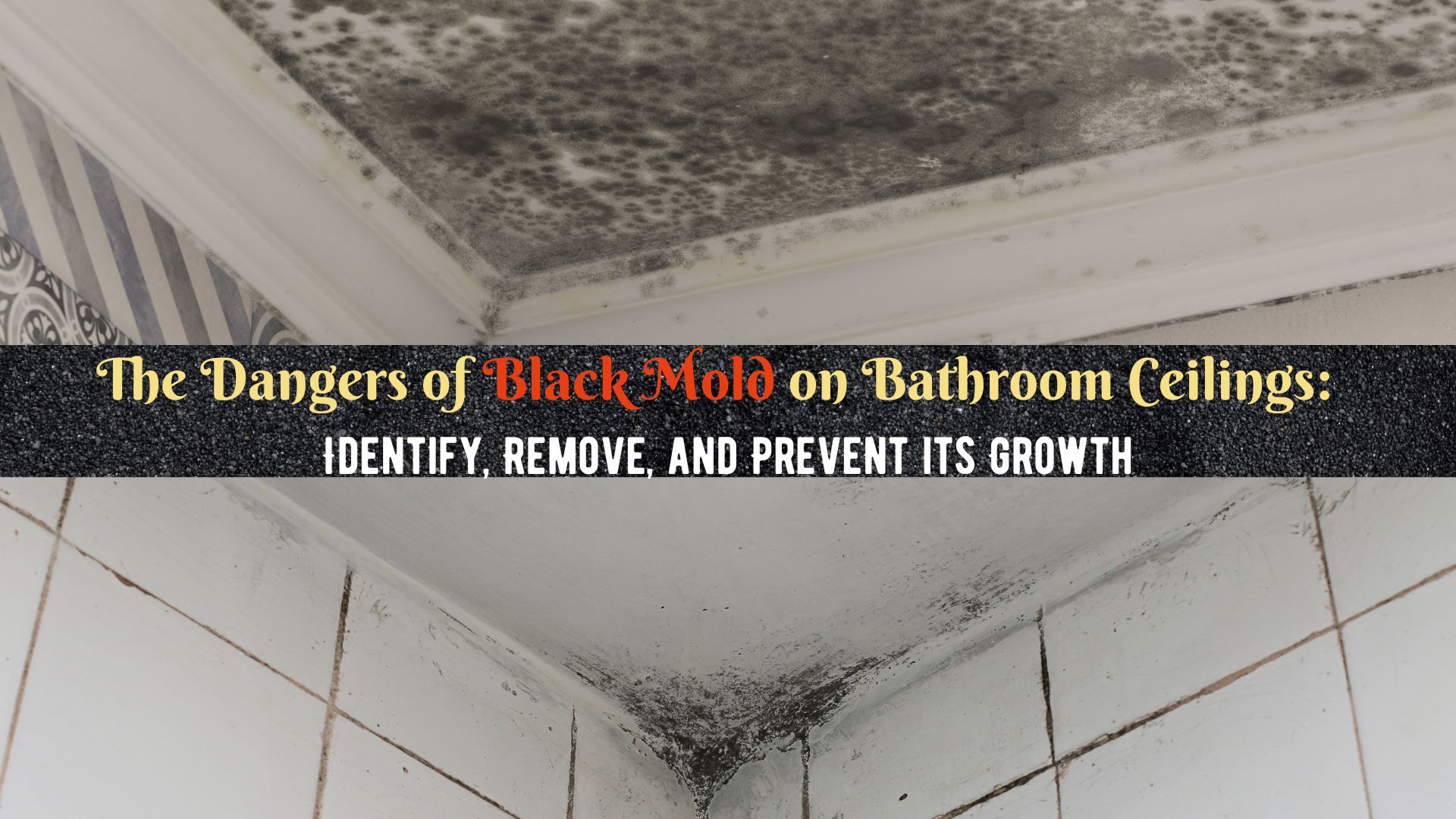Frozen Pipes: A Common Issue in the Winter
Winter can give your home loads of trouble, and one of them is frozen pipes. Frigid temperatures can cause your home pipes to freeze, and it can be not very comforting. When pipes freeze, water expands, placing much pressure on them. And it can cause your home’s plumbing to swell, expand, or even burst when left untreated. That’s why once you detected your pipes are frozen, decide to take action immediately to prevent significant water damage from happening to your home and spending much money. This article will help you learn how to find frozen pipes in your home and what you should do to fix them.
How to Find Frozen Pipes in the Home
Indeed, having frozen pipes in the home is inconvenient. They impede the water supply in your house and can cause water damage to your property if not adequately addressed. Use the following tips as your guide on how to find frozen pipes in the home.
Which Pipes are Susceptible to Freezing?
Some pipes in your house are more likely to freeze than others – one reason why you should concentrate on these sites during the winter and take needed preventive measures to save your pipes from freezing.
- Attic and Basement Pipes
The water lines in your home’s attic and basement are more susceptible to freezing because they don’t usually get heated like other pipes in some parts of your home. It would be best if you insulate them thoroughly to prevent having frozen pipes.
- Exterior Wall Pipes
The pipes along your home’s exterior walls often have insufficient insulation. Also, they are directly exposed to frigid temperatures. So it would help if you provide proper insulation for these pipes to make them less prone to freezing.
What are the Signs of A Frozen Pipe?
Be familiar with the following signs:
- No Water Comes Out of the Faucet, or the Water Pressure is Poor When You Turn It On.
This is one of the earliest signs. There may be an ice blockage in the pipe that hinders water from flowing through it.
- You Find Frosty Pipes.
This is a sure indication that your home has frozen pipes and immediate action to address the issue is a must.
- You See Bulging Pipes.
Bulging pipes can also tell you that your pipes have frozen. Most likely, there’s ice formation and expansion inside the tubes, creating a bulge in them. Paying attention to this sign is crucial because once much pressure is placed on the affected pipe, it may burst if not treated properly.
- You Sense Strange Odors.
If water cannot smoothly flow through the pipes and drain to its correct location, it will travel back up the lines, leading to odd smells.
Once you notice any of these signs, go down to your basement. Inspect if the main water is on and there’s no leak. If you find out that your pipes are frozen, but none have burst, you have two options to choose from:
#1: Contact a professional to assist you in thawing your frozen pipes. It’s a highly recommended solution if you are unsure whether you can safely thaw the affected pipes yourself or if the frozen area isn’t accessible.
#2: Try to thaw the frozen pipes yourself if you think you are experienced enough with home maintenance work. But be aware that this option can be very risky if not done precisely.
How To Thaw Frozen Pipes
If you are used to doing home maintenance work, there are quick remedies you can try. To thaw the frozen pipes yourself, note the following must-learn points:
- Leave Your Faucet Open.
The thawing process will melt the ice formation in the tubes, creating water. So your faucet needs to remain open to allow water to flow through the pipes, discharging the fluid out. Also, it will speed up the defrosting process.
- Apply Heat to the Part of Your Frozen Pipe.
You can do this process by wrapping an electric heating pad around the affected frozen tube, using a hairdryer to warm the pipe, or both. If these items are not available in your home, you can soak a towel in hot water and wrap it around the pipe. Note that you should not leave the heating pad unattended to prevent a fire hazard.
- Know What Not to Use in Thawing the Pipes.
To thaw your frozen water pipes, never use propane or kerosene heaters, a blowtorch, a charcoal stove, or any other open flame device that causes a severe fire accident. You can use a space heater if you are confident that the area is clear of any flammable substance. If not, avoid using it. Note that you should not leave the space heater unattended.
- Apply Heat Continually Until Water Flows Freely.
When you have accomplished your goal in the thawing process, open your other faucets in the home to check and locate where the other frozen pipes may be.
- Take Immediate Measures if You Found Frozen Pipes Inside the Exterior Walls of Your Home.
Do not hesitate to reach out to a specialist if this serious situation happens. Repairing this problem may require drilling a hole in the wall going through the inside of your house to expose the affected frozen sections of pipes to a warmer atmosphere.
Water Damage from A Frozen Water Pipe
If the frozen pipe bursts in your home, shut off the main water line immediately, then seek help from water damage specialists. Calling professionals is an excellent choice to avoid further property damage. Lingering moisture from water damage can also lead to mold growth and infestation.
Superior Restoration has highly trained specialists who are always available to assist you 24/7. Contact us today!





